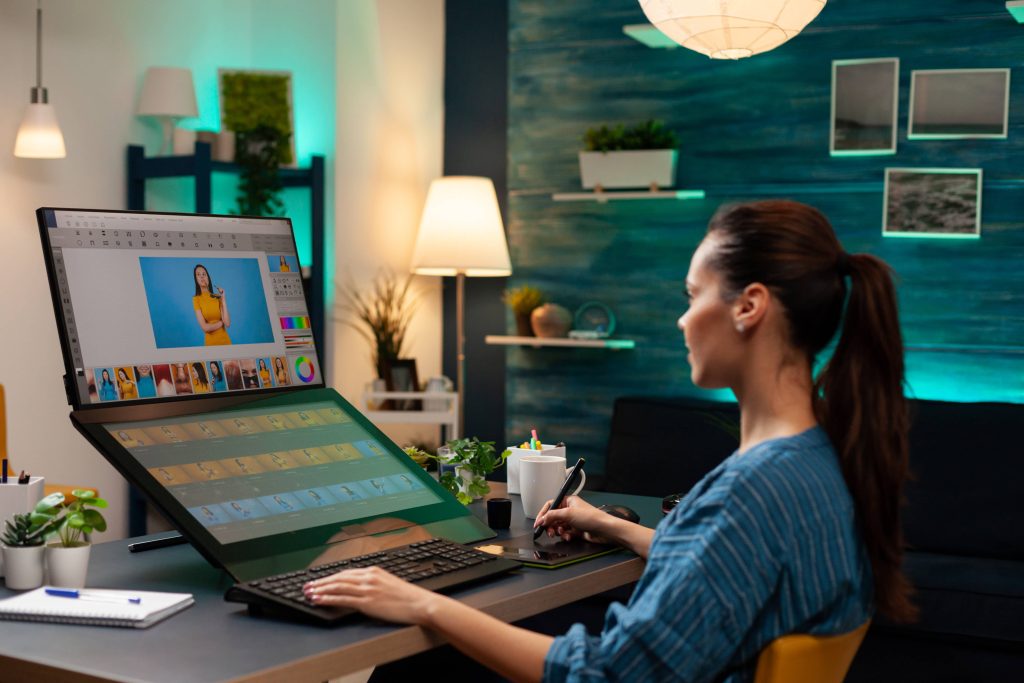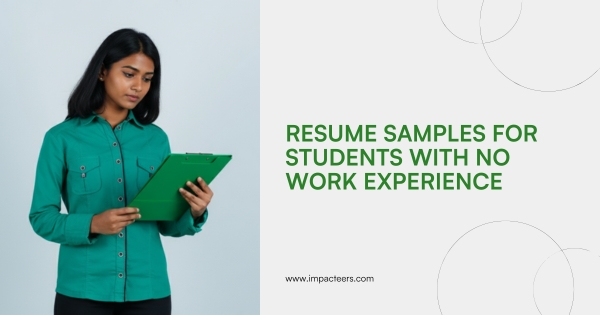When people talk about graphic designer jobs, they often imagine creativity, colorful portfolio and attractive devices.
But when you sit from a recruiter, creativity alone did not cut it down. Employers want evidence that you can balance design skills with problems-solution, communication and project execution.
This guide will run you through re-construction, interview preparations and smart strategies that help the job seekers to present themselves as confident professionals.We’ll also see how using a skill assessment tool like Impacteers can fine-tune your preparation.
Visit Us >>> https://www.impacteers.com/home
Why Graphic Designer Jobs Are in High Demand
Every business today—startups, agencies, or large corporates—needs design. From logos to social media visuals, good design creates brand identity. Graphic designers are no longer “back-end artists.” They are now part of strategy, communication, and user experience.
Reports show that creative roles are among the fastest-growing careers, especially in online-first companies. With the rise of digital marketing, e-commerce, and online education, design professionals are being sought after more than ever.
The Biggest Challenge for Graphic Design Job Seekers
Here’s the truth: plenty of designers can make a good-looking poster. What separates one job seeker from another is the ability to explain design choices, communicate effectively, and align visuals with business goals.
Recruiters don’t just look at a pretty portfolio. They want:
- Proof of collaboration skills.
- Understanding of design software AND business objectives.
- Clarity in communication.
- Evidence of measurable impact (e.g., “Increased social engagement by 35% using visual campaigns”).
This is why resumes, interviews, and soft skills matter just as much as your creative abilities.
Step 1: Building a Resume That Works for Graphic Designer Jobs
Your resume is the first impression. For graphic designer jobs, it needs to showcase both visual creativity and professional skills. But many designers make the mistake of focusing only on tools like Photoshop, Illustrator, or Figma.
Here’s what makes a resume stand out:
- Impact-driven language → Instead of “Created social media posts,” write “Designed 50+ campaigns that improved click-through rates by 20%.”
- Tailored skills → Highlight certifications in design, communication, or project management.
- Simple structure → Avoid overdesigning your resume. Use clean sections, not clutter.
Table: Strong vs Weak Resume Examples for Graphic Designer Jobs
| Resume Element | Weak Example | Strong Example |
| Experience | “Designed posters for events” | “Created event posters that boosted registrations by 30% within two weeks” |
| Skills Section | “Photoshop, Illustrator, Canva” | “Expert in Photoshop & Illustrator; applied UX principles in cross-team projects” |
| Portfolio Link | “Behance profile attached” | “Portfolio showcasing 10+ brand campaigns with measurable client feedback” |
| Career Summary | “Creative designer with 2 years exp.” | “Graphic Designer with 2 years in digital marketing, proven in driving engagement” |
| Achievements | Not mentioned | “Awarded ‘Best Design’ in university design fest; certification in Adobe CC” |
Step 2: Preparing for Graphic Designer Interviews
An interview for a graphic designer isn’t just about showing a portfolio. Employers want to see if you can handle deadlines, explain concepts, and fit into a team.
Tips for acing the interview:
- Tell Stories – Use the STAR method (Situation, Task, Action, Result) to explain design projects.
- Explain Thought Process – Don’t just show the final logo. Talk about the research, color psychology, and iterations.
- Show Collaboration – Mention how you worked with marketers, engineers, or content writers.
- Practice Presentation – Sometimes interviews include a design test. Be ready to explain choices clearly.
Soft Skills That Can Win You the Job
Many job seekers underestimate soft skills. Yet, hiring managers often reject candidates not for lack of design skills, but for poor communication or teamwork issues.
Key soft skills for graphic designer jobs:
- Communication → Explaining creative choices to non-designers.
- Time management → Handling multiple deadlines.
- Adaptability → Learning new tools quickly.
- Problem-solving → Translating vague client ideas into visuals.
The Role of Certifications and Training
Graphic design is a field where continuous learning matters. Online courses and certifications give your profile credibility. For example:
- Adobe Creative Cloud certifications show technical expertise.
- UI/UX certifications display knowledge of user-focused design.
- Management or communication training highlight leadership potential.
Adding these to your LinkedIn and resume makes you more visible to recruiters.
Why Skill Assessment Is a Game-Changer
Here’s where many candidates struggle: they don’t know where they stand. You might think you’re great at Photoshop but weak in communication—or maybe the other way around.
A skill assessment, like the one offered by Impacteers, helps identify these gaps. It tests both technical and soft skills and gives you a roadmap for improvement. For a job seeker, this is gold. Instead of blindly preparing, you focus on what matters.
By using Impacteers’ mentorship and assessments, designers get:
- Clear feedback on strengths and weaknesses.
- Structured career coaching for interview prep.
- Confidence in showcasing both design skills and professional skills.
How to Showcase Your Portfolio Smartly
Your portfolio is the centerpiece of your application. But too many designers dump all their work into one folder. Instead:
- Curate it → Show 6–8 of your best works, not everything.
- Add context → Explain what problem the design solved.
- Mix projects → Include branding, digital ads, web designs, and UI/UX if possible.
- Show growth → Add early works vs recent works to highlight learning skills.
Career Growth in Graphic Designer Jobs
Graphic designer jobs are not limited to entry-level roles. With the right mix of experience, management training, and communication, designers can grow into:
- Creative Directors – Leading teams.
- Brand Managers – Bridging design and strategy.
- UI/UX Designers – Blending design with user interaction.
- Freelance Consultants – Running independent design careers.
This path requires continuous skill assessment, certification, and the ability to evolve with the industry.

final thoughts
Graphic designer jobs are competitive, but preparation can make all differences. Starts a strong re -start, smart interview strategy and polish portfolio are required. Soft skills and certification add reliability.
The most important thing is that the skills of the impactors can intensify your preparation by using evaluation and mentoring programs, allowing you a clear roadmap for your dream design job.
If you want to stand out of the crowd, just don’t design better – communication, learn, and prepare smarter.
About Us >>>> https://blog.impacteers.com/
questions to ask
1. What should a graphic designer be involved in re -starting?
Focus on achievements, average status results, certificates and a portfolio link that reflects your best work.
2. Are certificates required for graphic designer jobs?
It is not mandatory, but Aidob, UI/UX, or certificates in online education add reliability and promote career growth.
3. How do I prepare for a graphic designer interview?
Practice to explain design options, use real project examples and expose cooperation with teams.
4. Why are soft skills important in designer jobs?
Because communication, time management, and adaptability matter as much as technical design skills.
5. How can effective skill evaluation help job seekers?
It identifies strength and gaps, re -starting buildings, giving an obvious direction to presenting interviews and career coaching.




Post Comment